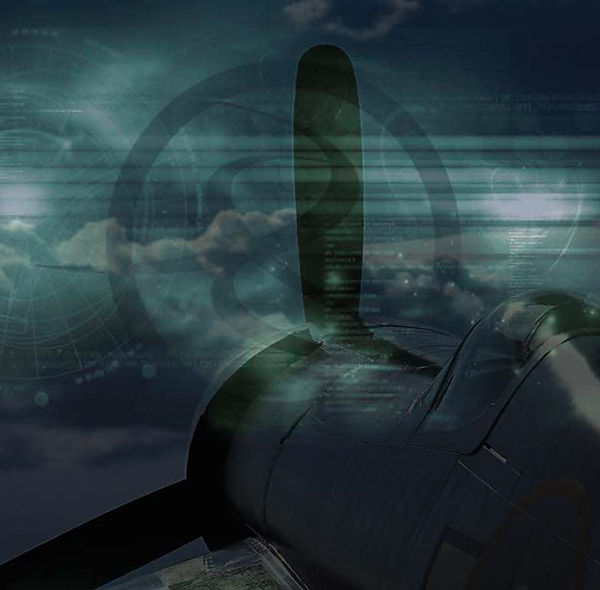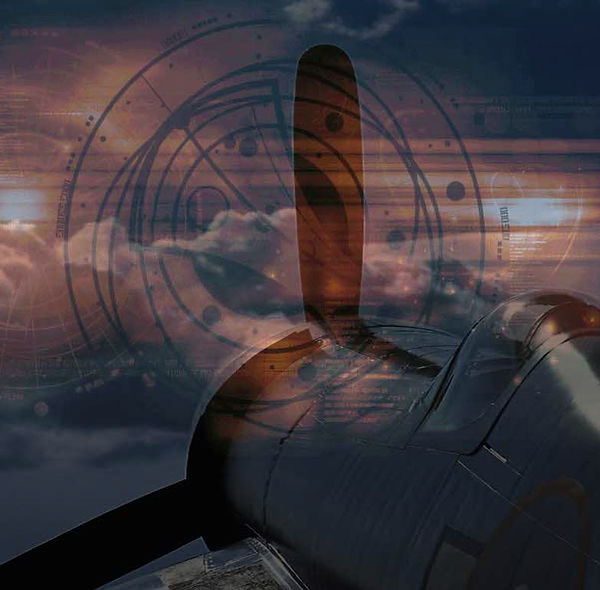
Hold your pointer on a tab in the menu on top of the page to view and handle the sub menus.



Squadrons Corsair F4U
U. S. Navy Squadrons - U. S. Marine Corps Squadrons
Royal Navy Fleet Air Arm - Royal New Zealand Air Force - French Navy
THE SYSTEM OF SQUADRON designations was established to help define part of naval aviation325s organizational structure and help identify the operational and administrative functions of aviation within the fleet. Just as the designations for ships, such as DD, CA, BB, etc., were used to define the duties of the specific units and their alignment within the fleet organization, so also were the squadron designations established to formulate the responsibilities and alignment within naval aviation and the fleet structure. During naval aviation325s early years there were big question marks concerning naval aviation325s ability to succeed as a functional component of the fleet and whether it would survive due to the limited capabilities of the aircraft.
In official publications and references, such as the Daily Aviation News Bulletin of 1 October 1919, casual terms were used to describe or identify various aircraft squadrons and units. The casual terms were used because no specific fleet aviation organizational structure for squadrons had been officially established. Prior to 1919, naval aircraft, exclud ing Marine Corps planes, were primarily assigned to shore stations. Therefore, in order to integrate aviation into the fleet, it was necessary to develop a fleet organization that included aviation units. The development of a system of squadron designations is discussed in Chapter 1. In general terms, the Navy325s system for designating naval aircraft squadrons has usually conformed to the following loose classification structure:
(1) Squadron designations were based on specific letters used for indicating the missions for each particular type of squadron and its assigned aircraft. As an example, a World War II squadron operating the F4U Corsair aircraft would have been designated a fighting squadron (VF). The letter F, for fighting or fighter, was the key in identifying the type of squadron and was also used in the aircrafts designation.
(2) Identification numbers were assigned to each squadron, such as VF-1. The number 1 separates Fighter Squadron 1 (VF-1) from Fighter Squadron 10 (VF-10).
There have been many variations to this basic system throughout naval aviations history. Changes were also made to the designation system when new plane types were developed and new squadrons were formed to carry out those new missions. There is no logical sequence for the numerical designation assigned the various squadrons throughout most of naval aviation325s history. The Marine Corps did establish a logical sequence for their squadron designations, however, there are variations to this system, too. As Navy squadrons were established, disestablished or redesignated, many of the same letters and numbers were reused and assigned at a later date for newly established or redesignated units, hence, the lineage of a squadron cannot always be traced or linked by using the same designation. As an example, VF-1 from World War II has no direct relationship to VF-1 established in the 1970s.
The rich tradition and heritage of the various squadrons in the Navy has not always been carried over because of the break in continuity between units. Once a squadron is disestablished that ends its history. If a new squadron is established using the same designation of a previous squadron it does not have any direct relationship with that unit. The reuse of many of the same letters and numerical designations adds considerable confusion to the squadron designation system. A new squadron may carry on the traditions of a previous squadron, just as a ship that has been assigned the same name more than once carries on the traditions of the past ships with the same name. However, a squadron, just like a ship, can not claim a heritage or historical link to the old unit with the same designation.
Consistency has been the major ingredient lacking in the Navys squadron designation system. As an example, the use of Plane in squadron designations was not consistent during the 1920s. Sometimes the full designation would be written differently, depending on the squadrons assignment to the Battle Fleet, Scouting Fleet, or Asiatic Fleet. A designation such as Scouting Squadron and Scouting Plane Squadron, which used the same abbreviation, VS, was listed in the Navy Directoryas Scouting Squadron under the Battle Fleet and Scouting Plane Squadron under the Scouting Fleet. The use of Plane in squadron designations was most likely designed to identify the squadron as an aviation unit, vice a destroyer squadron.
In the late 1940s the single digit numbers were for the Composite Night or Attack and Defense units, those numbers in the teens were for Composite Air Warning squadrons, numbers in the 20s and 30s were for Composite Anti-Submarine units, and the numbers in the 60s were for Composite Photographic squadrons. Besides the composite squadrons (VC), several patrol squadrons (VP) had specific mission requirements that were different from its normal patrol and reconnais sance duties. However, these squadrons still maintained the normal VP designation. In the late 1940s there were two VP squadrons with a primary mission of photographic and one with an air early warning mission. VP-61 and VP-62 were the photographic squadrons and VP-51 was the air early warning squadron. The special VC and VP designated units, were on the cutting edge of technology, which eventually lead to the development of specialized squadron designations in the 1950s and 1960s.
Squadrons such as VAW (Carrier Airborne Early Warning), VAQ (Tactical Electronic Warfare), and VQ (Electronic Countermeasures or Air Reconnaissance) were the result of technical developments in the late 1940s and early 1950s.The use of an abbreivated squadron designation with different missions occurred in the early 1950s when the VJ designation was used for both photographic squadrons and weather squadrons. VJ-1 and 2 were designated Weather Squadrons or Weather Reconnaissance Squadrons. VJ-61 and 62 were designated Photographic Squadrons. The missions were totally different for these two types of squadrons but they used a common abbreivated squadron designation. There are four factors that play a role in developing or changing squadron designations. They have been around since the introduction of aviation in the Navy and will continue to be the primary factors effecting squadron designations.
The factors are:
1. the duties or mission of a squadron
2. technical advances in aircraft or equipment
3. changes in tactics or development of new tactics
4. changes in naval aviation or fleet organziation
The following is a list of various squadron designations used by the Navy since the early 1920s. It does not include Marine Corps squadron designations. The list is in alphabetical order rather than in the chronological order of squadron development. The general time frame for when the designation was in use is listed with the squadron designation. Further elaboration on the assignment of squadrons to other organizations and their designations such as: a battle group, carrier air wing, cruiser group, fleet air force, scouting fleet, Asiatic Fleet, naval district, reserves, etc..., has not been included in this list to prevent it from becoming to confusing or extensive.